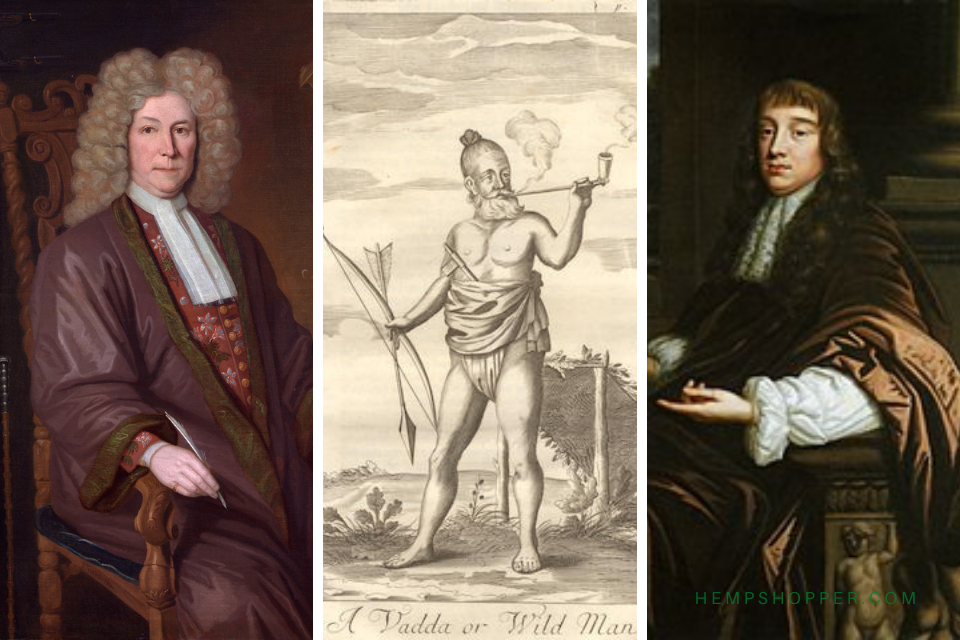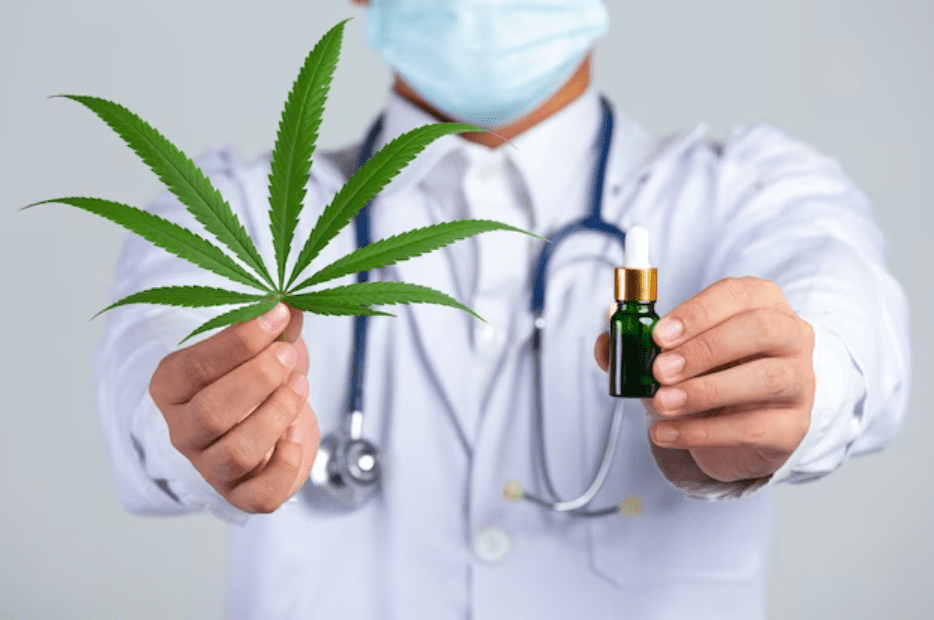THC 101

THC 101
Cannabis has exiting recreational and therapeutic properties but what makes that so?
THC, or Tetrahydrocannabinol, is the primary psychoactive compound found in cannabis plants. It’s one of at least 113 cannabinoids identified in the plant to date, and it’s responsible for the “high” or euphoric sensations associated with cannabis use.
THC interacts with the brain and central nervous system, specifically binding to cannabinoid receptors in the human body known as CB1 receptors. This interaction triggers cellular responses that ultimately result in the characteristic psychoactive effects. Beyond its recreational use, THC also has potential therapeutic properties. Current research explores its medicinal applications in various conditions, such as pain management and nausea control.
First discovered in 1964 by Israeli scientist Dr. Raphael Mechoulam, THC marked a significant milestone in cannabis research. Mechoulam’s ground-breaking work in isolating and identifying THC paved the way for a deeper understanding of cannabis’s effects on the human body. This discovery coincided with a period of increased social interest in cannabis during the 1960s and 1970s.
Subsequent research into THC’s therapeutic potential has played a crucial role in shaping modern attitudes toward cannabis, contributing to ongoing discussions about its medicinal use and the evolving legal landscape surrounding cannabis products.
THC Levels
The cannabis plant has two main subspecies, Cannabis indica and Cannabis sativa, which their physical and chemical characteristics can differentiate. Indica-dominant strains are short plants with broad, dark green leaves. Sativa-dominant strains are usually taller and have thin leaves with a pale green color.
Sativa strains are often associated with a high THC content and lower levels of other cannabinoids, such as Cannabidiol (CBD) and Cannabigerol (CBG). This ratio contributes to the psychoactive and euphoric sensations commonly associated with THC. Sativa-dominant cannabis is traditionally known for its energizing and uplifting effects, making it popular for daytime use.
Indica strains, on the other hand, may have a more balanced THC-to-CBD ratio. This is why they are generally linked to high THC content combined with relatively higher levels of CBD. Indica is commonly associated with relaxing and soothing effects. However, it’s essential to note that there can be significant variability in cannabinoid content within individual plants..
As the cannabis industry evolves, there’s a growing emphasis on hybrid strains that combine characteristics of both Sativa and Indica plants, providing a broader spectrum of effects. Additionally, selective breeding and cultivation practices influence the cannabinoid profile of specific strains.


 Hempshopper Amsterdam
Hempshopper Amsterdam 





